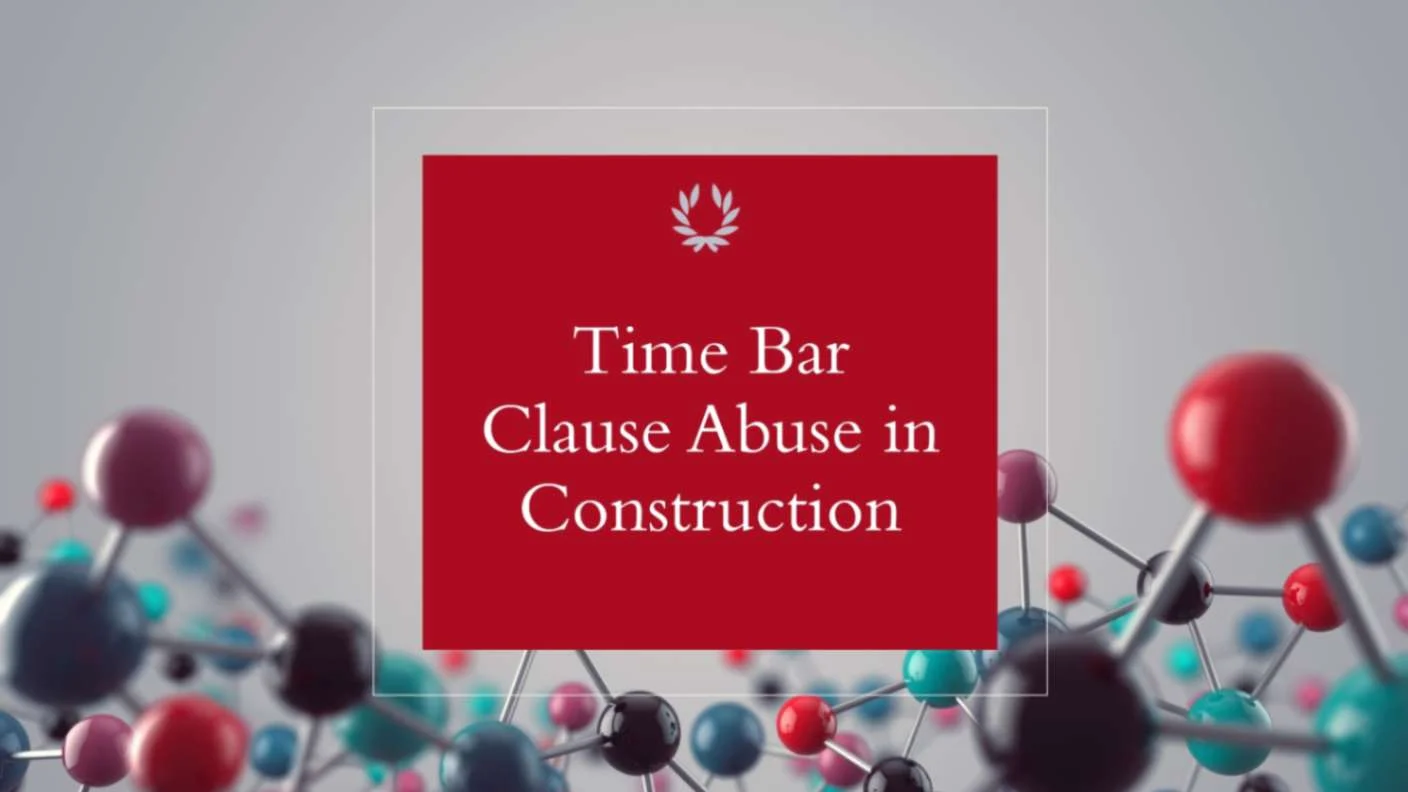
Demarcation between Emergency Arbitration v Interim Relief in the Arbitration (S.9)
Emergency arbitration and Interim relief under S.9 have emerged as the methods for obtaining interim measures before the formation of the arbitral tribunal in India. Though they appear synonymous, demarcation and applicability gain significance.
Emergency arbitration
Emergency arbitration ensures that parties do not have to wait for a final award to receive interim relief, particularly in international arbitrations.
Currently, emergency arbitration is recognized under several institutional rules, including those of the Singapore International Arbitration Centre (SIAC) and the London Court of International Arbitration (LCIA). These institutions provide procedures for appointing emergency arbitrators who can issue prompt interim orders.
Although the Indian Arbitration Act does not currently contain a specific provision for emergency arbitration, the 2015 amendments clarified that such awards could be enforced if the arbitration clause included provisions for emergency arbitration. This was demonstrated in Raffles Design International India Pvt. Ltd. v. Educomp Professional Education Ltd., where the Delhi High Court upheld an emergency award from a Singapore-based emergency arbitrator under the SIAC rules, setting a precedent for enforcing emergency arbitration awards in India.
Interim relief under S.9
Section 9 of the Act grants the court broad discretion to issue ancillary orders deemed ‘just and convenient.’ This includes the preservation of goods, interim custody of goods, sale of perishable goods, securing the amount in dispute, interim injunctions, and the appointment of receivers. The potency of Section 9 underscores its importance and provides parties with valuable means to protect their interests prior to and during arbitration.
The Delhi High Court case of Leighton India Contractors Pvt. Ltd. v. DLF Ltd. (2020) reaffirmed the expansive scope of Section 9, highlighting that the powers of the court under this section are unfettered, though subject to the discretion of the court based on established principles. For example, in Halliburton Offshore Services Inc. v. Vedanta Limited (2020), the Delhi High Court ruled that no injunction could be issued against the invocation of bank guarantees without proof of fraud, irreparable loss, or special circumstances, demonstrating the cautious approach courts take when issuing orders under Section 9.
The 2015 amendments significantly impacted the application of Section 9, particularly with the introduction of Section 9(3), which restricts court access for interim measures once the arbitral tribunal is constituted, except in circumstances where the tribunal’s Section 17 relief is ineffective.
The intention behind this amendment was to reduce dependence on courts and encourage parties to seek interim relief from the tribunal. However, courts have acknowledged that Section 9(3) does not entirely exclude the jurisdiction of the courts. In Bhubaneshwar Expressways Pvt. Ltd. v. NHAI, the Delhi High Court entertained a Section 9 application despite the presence of a tribunal, as the tribunal could not function due to an arbitrator’s recusal. This illustrates the court’s role when the tribunal’s relief is insufficient.
Demarcation and Applicability:
👉🏼 Section 9 involves judicial relief where Indian courts are compelled to grant interim reliefs that are enforceable. In contrast, emergency arbitration is a private, expedited process governed by the arbitration clause and does not require court intervention.
👉🏼 While Section 9 remains crucial, especially for relief against third parties and enforcement issues, the emergency arbitration process is more efficient and flexible, particularly in international cases. However, enforcement of emergency arbitration awards may be challenging, especially in cases involving foreign-seated arbitrations where Indian courts may lack proper jurisdiction.
👉🏼 The case of Ashwin Minda & Anr v. U-Shin Ltd. (2020) exemplifies the interaction between Section 9 and emergency arbitration. The Delhi High Court addressed the issue where a petitioner sought relief under Section 9 after an emergency arbitrator’s relief was declined. The court observed that the Section 9 petition was a nullity since the parties had opted for emergency arbitration, illustrating that the two mechanisms cannot be invoked simultaneously.
👉🏼Despite the 2015 amendments, the absence of a clear legal provision creates confusion. Additionally, courts must carefully navigate potential conflicts between emergency arbitrator orders and Section 9 relief.
👉🏼 As the use of emergency arbitration clauses in contracts increases and Indian courts extend support for the enforcement of such awards, the relevance of Section 9 may diminish, contributing to a more arbitration-friendly culture in India.
In a nutshell, Section 9 provides a reliable and enforceable legal mechanism, while emergency arbitration offers a faster solution for international disputes.
credits – LiveLaw / A&C Act 1996 and further amendments.









